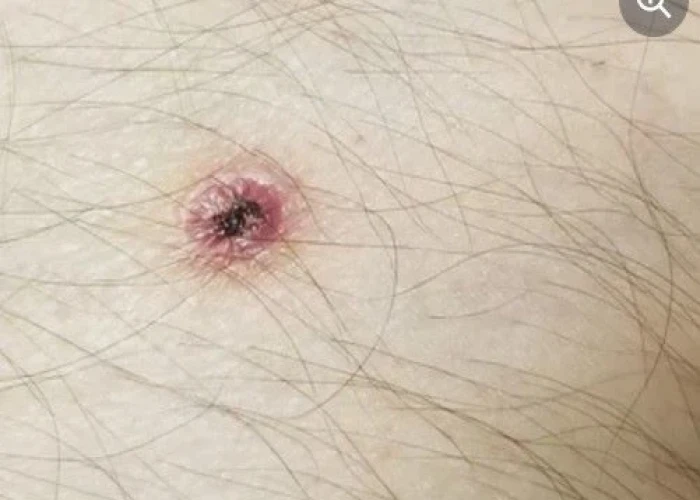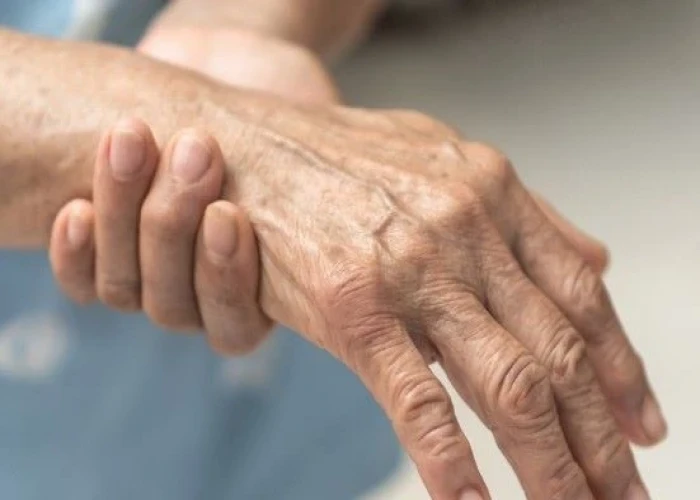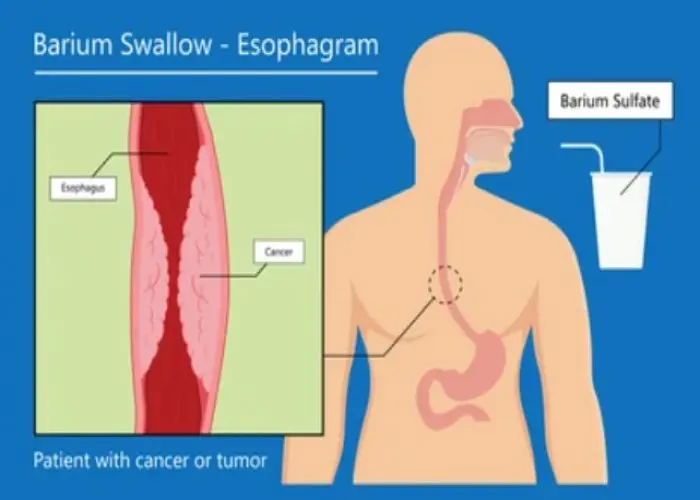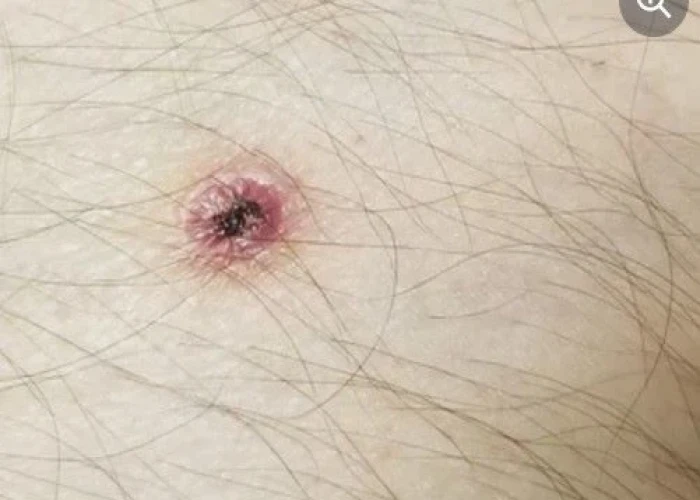 Welcome
Welcome
“May all be happy, may all be healed, may all be at peace and may no one ever suffer."
Pyoderma gangrenosum

Pyoderma gangrenosum (PG) is a rare, inflammatory skin condition that causes painful, ulcerative lesions to form on the skin. The condition is often associated with underlying medical conditions, such as inflammatory bowel disease, rheumatoid arthritis, or blood cancers.
The exact cause of pyoderma gangrenosum is not fully understood, but it is believed to be related to an abnormal immune response in the skin. The condition often begins as a small pimple or blister that quickly deteriorates into a painful, deep ulcer with a characteristic, irregular border. The ulcers can appear on any part of the body but are most commonly found on the legs.
Diagnosis of pyoderma gangrenosum is made through a physical exam and biopsy of the affected skin. Treatment usually involves the use of immunosuppressive medications, such as corticosteroids, cyclosporine, or biologic agents, to help calm the immune response and promote healing. Topical medications, such as steroid creams or ointments, may also be used to help manage symptoms.
Although pyoderma gangrenosum can be a challenging condition to manage, with proper treatment, most people are able to achieve complete healing of their skin ulcers. However, the condition can recur and may require ongoing monitoring and treatment. People with pyoderma gangrenosum may benefit from working closely with a team of healthcare professionals, including a dermatologist, rheumatologist, or other specialists as needed.
Research Papers
Disease Signs and Symptoms
- Skin bumps
- Skin sores, bruising or rashes
- Ulcer
Disease Causes
Pyoderma gangrenosum
The exact cause of pyoderma gangrenosum is unknown. The condition is not infectious or contagious. It's often associated with autoimmune diseases such as ulcerative colitis, Crohn's disease and arthritis. And it may have a genetic component.
If you have pyoderma gangrenosum, new skin trauma, such as a cut or puncture wound, may trigger new ulcers.
Disease Prevents
Pyoderma gangrenosum
You can't totally prevent pyoderma gangrenosum. If you have the condition, try to avoid injuring your skin. Injury or trauma to your skin, including from surgery, can provoke new ulcers to form. It may also help to control any underlying condition that may be causing the ulcers.
Disease Treatments
Treatment of pyoderma gangrenosum is aimed at reducing inflammation, controlling pain, promoting wound healing and controlling any underlying disease. Your treatment will depend on several factors, including your health and the number, size, depth and growth rate of your skin ulcers.
Some people respond well to treatment with a combination of pills, creams or injections. Others may need a stay in the hospital or burn treatment center for specialized wound care. Even after successful treatment, it's common for new wounds to develop.
Medications
- Corticosteroids. The most common treatment are daily doses of corticosteroids. These drugs may be applied to the skin, injected into the wound or taken by mouth (prednisone). Using corticosteroids for a long time or in high doses may cause serious side effects. Because of this your doctor may prescribe steroid-sparing (nonsteroidal) drugs if you need long-term treatment.
- Steroid-sparing drugs. An effective nonsteroidal drug is cyclosporine. Other options include mycophenolate (Cellcept), immunoglobulins, dapsone, infliximab (Remicade) and tacrolimus (Protopic), which is a calcineurin inhibitor. Depending on the type of drug used, it may be applied to the wounds, injected or taken by mouth.
- Pain medication. Depending on the extent of your wounds, you may benefit from pain medication, especially when dressings are being changed.
Wound care
In addition to applying medicine directly to your wounds, your doctor or wound care specialist will cover them with a nonadherent, moist (not wet or dry) dressing and, perhaps, an elasticized wrap. You may be asked to keep the affected area elevated.
Follow your doctor's instructions regarding wound care. This is especially important because many of the oral medications prescribed for pyoderma gangrenosum suppress your immune system, which increases your risk of infection.
Surgery
Because pyoderma gangrenosum can be made worse by cuts to the skin, surgery to remove dead tissue is not usually considered a good treatment option. Trauma to the skin may worsen existing ulcers or trigger new ones.
If the ulcers on your skin are large and need help with healing, your doctor might suggest a skin graft. In this procedure, the surgeon attaches a piece of skin or synthetic skin over the open sores. This is attempted only after the wound inflammation has gone and the ulcer has started healing.
Disease Diagnoses
Disease Allopathic Generics
Disease Ayurvedic Generics
Disease Homeopathic Generics
Disease yoga
Pyoderma gangrenosum and Learn More about Diseases

Gender dysphoria

Peripheral neuropathy

Takayasu's arteritis

Alcohol poisoning

Menstrual cramps

Bulimia nervosa

Tetanus

Barrett's esophagus
pyoderma gangrenosum, পাইওডার্মা গ্যাংগ্রেনোসাম
To be happy, beautiful, healthy, wealthy, hale and long-lived stay with DM3S.
